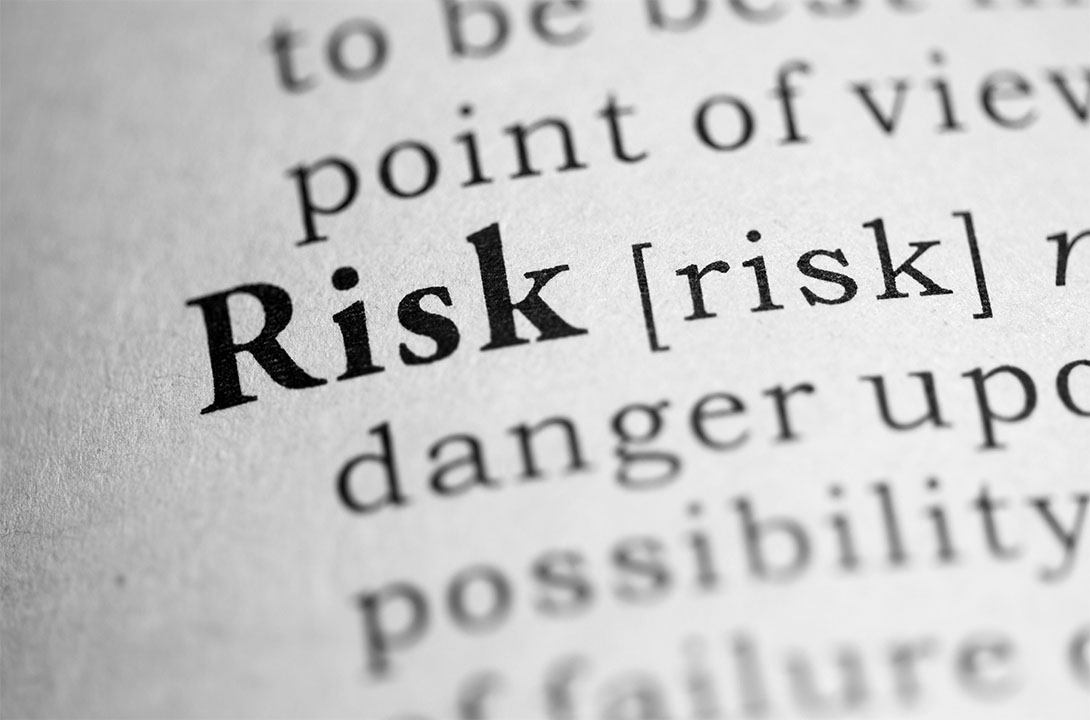Thematic Fields
Verification of compliance
Arms control and disarmament is just one area where verification of compliance is of global concern. International efforts to control arms go back to the Hague Convention in 1899 which annexed regulations on land warfare including prohibitions on the use of certain weapons and munitions. It was no coincidence that this and other agreements on the limitation of arms or disarmament emerged in parallel to those on the rights and protection for victims of armed conflicts. They ultimately led to the four Geneva Conventions in 1949 and their Additional Protocols of 1970, i.e. the main sources of the codified contemporary international humanitarian law.
While arms control efforts have proved useful in many respects, the world of the 21st century is still facing both the legacy of and actual risks associated with the testing, threat of use, or use of weapons. Of particular concern are the so-called weapons of mass destruction: The use of nuclear, chemical and biological weapons is contrary to the principles and rules of humanitarian law. After the comprehensive prohibition of biological and toxin weapons in 1975 and the prohibition and destruction of chemical weapons in 1997, any nuclear weapons activities have finally also been prohibited in 2021 under the Treaty on the Prohibition of Nuclear Weapons. Still, none of these agreements yet enjoys universal support and verification of compliance is incomplete. The legacy and risks therefore remain as does the need for verification – and this applies also to other areas where compliance with national or international legal obligations is unfinished or neglected.
Expertise
- Strategic and operational planning
- Site and facility inspections
- Technical cooperation and training

Multi-hazard and emerging risks
The management of risks has become a central approach to maintaining or improving performance in a given context. Specifically designed processes for this were introduced originally to the world of finance in order to protect planned investments, but are now widely applied also to physical, environmental, technological, social and other risks. They typically involve – systematically – the identification of hazards, the analysis of severity and likelihood of potential consequences, and the evaluation as to whether the risks are acceptable or need to be mitigated.
While this process appears straightforward, it still involves uncertainty even if just one source of risk is involved. For example, exposure of people or environmental receptors to an accidental or deliberate release of a harmful substance may present multiple hazards which must not be treated as independent phenomena but assessed for their potential interactions. The complexity is aggravated if multiple sources of risks are involved (e.g., a pandemic during a situation of conflict) or if there is little experience with or information on the mechanism, scale or scope of exposure and impact.
In a fast-changing world and at times of uncertainty, concerned organisations and communities not only need to manage risks that they know about. They also need to prepare for emerging risks by anticipating developments that might impact them in times to come and by preparing for situations where risks arise and evolve unexpectedly.
Expertise
- Strategic and operational planning
- Risk and capability assessments
- Technical cooperation and training

Emergency response preparedness
Exposure of an organisation or a community to a hazardous event may involve significant losses and impacts that ultimately affect their functioning. Immediately before, during or just after such an emergency, the key objectives of response, in order of priority, are to protect people, maintain core functions, and minimise further impacts.
Preparedness for response comprises the availability of knowledge and competency-based capacities to achieve the above objectives. This is addressed within the context of risk management and entails systematic processes such as informed assessments and risk-based decision-making, standard operating procedures and ready access to necessary resources. They are developed and run preferably by internal services but may be complemented or substituted through arrangements with external providers.
Hazardous events with complex, widespread or long-lasting effects can overwhelm available services nonetheless. Cooperation and assistance beyond concerned organisations and communities therefore aim at developing and strengthening a common understanding of what is required and how to get there. A successful approach for this identifies needs and sets clear objectives, considers stakeholders and influencing factors, assesses risks and options, decides on preferred solutions and ultimately reviews the outcome to ensure timely adjustments. Dependable networks, harmonised standards, transparent criteria as well as practices that are adaptable to the circumstances are indispensable – be it at local, regional or global level.
Expertise
- Strategic and operational planning
- Risk and capability assessments
- Site and facility inspections
- Technical cooperation and training

Organisational and community resilience
The concept of resilience is widely used to describe and develop the ability of concerned organisations and communities – if exposed to hazards – to recover from detrimental impacts in a timely and efficient manner. This understanding of resilience is based on the belief that entities of any kind need to establish a capacity to maintain their purpose and the way they function also in the face of adverse circumstances. What is often overlooked, however, is the temporal dynamics of impacts.
In situations where the consequences are substantial, being able to recover to a state as before exposure is likely to be off the mark. Rather, it will be necessary to ensure that organisations and communities are able to undergo transformational change, with their purpose and function adjusted to the new realities.
Two factors are the main contributors to achieving resilience of organisations and communities: adaptable management processes and preparedness for change. The former must be designed to allow simplification and accelerated decision-making while being flexible for spontaneous actions in highly changeable environments. The latter must be based on readiness by all involved including their awareness of the matter and understanding of their role. The careful development of these two factors will strengthen resilience not only by mitigating impacts but also by exploring opportunities.
Expertise
- Strategic and operational planning
- Risk and capability assessments
- Technical cooperation and training





